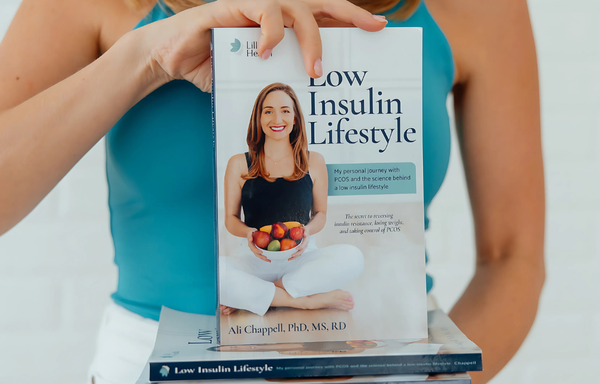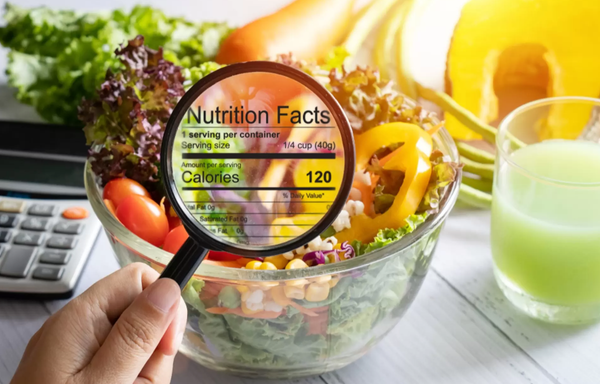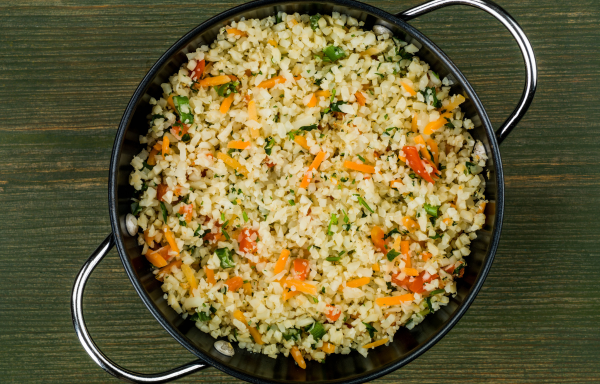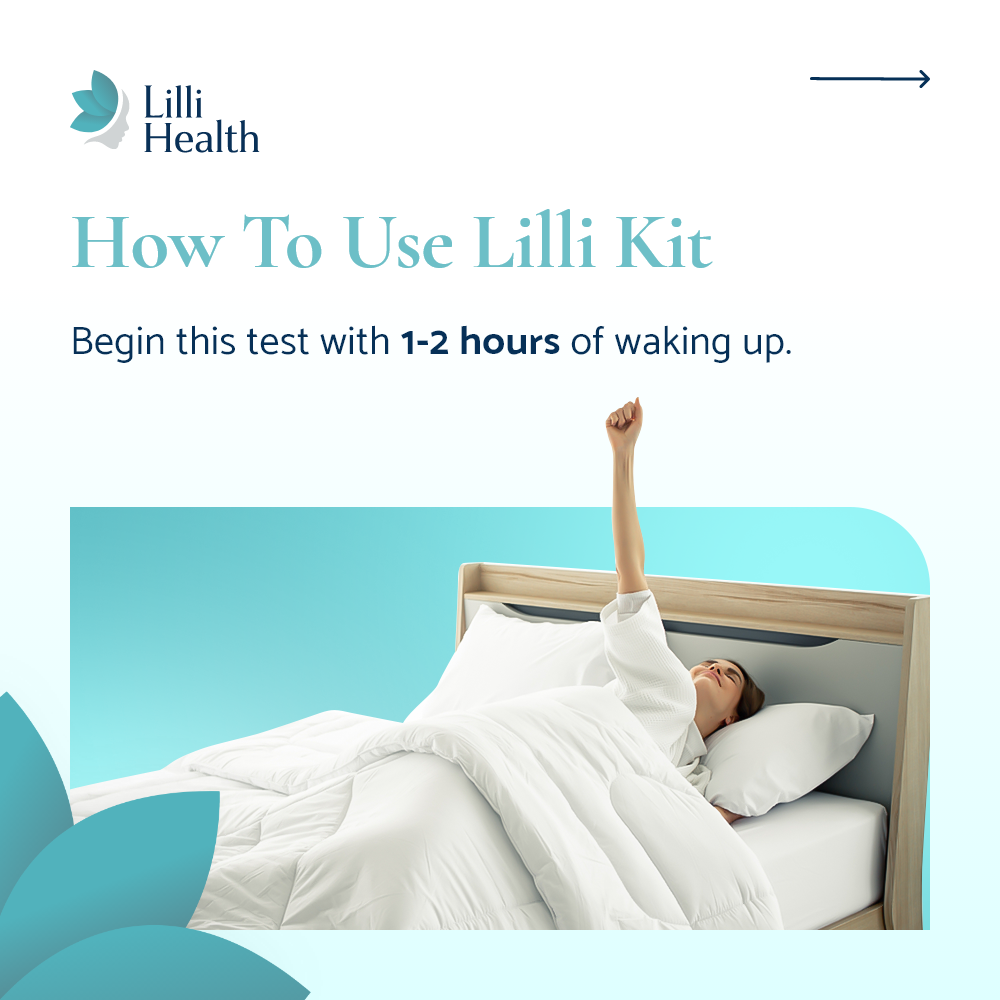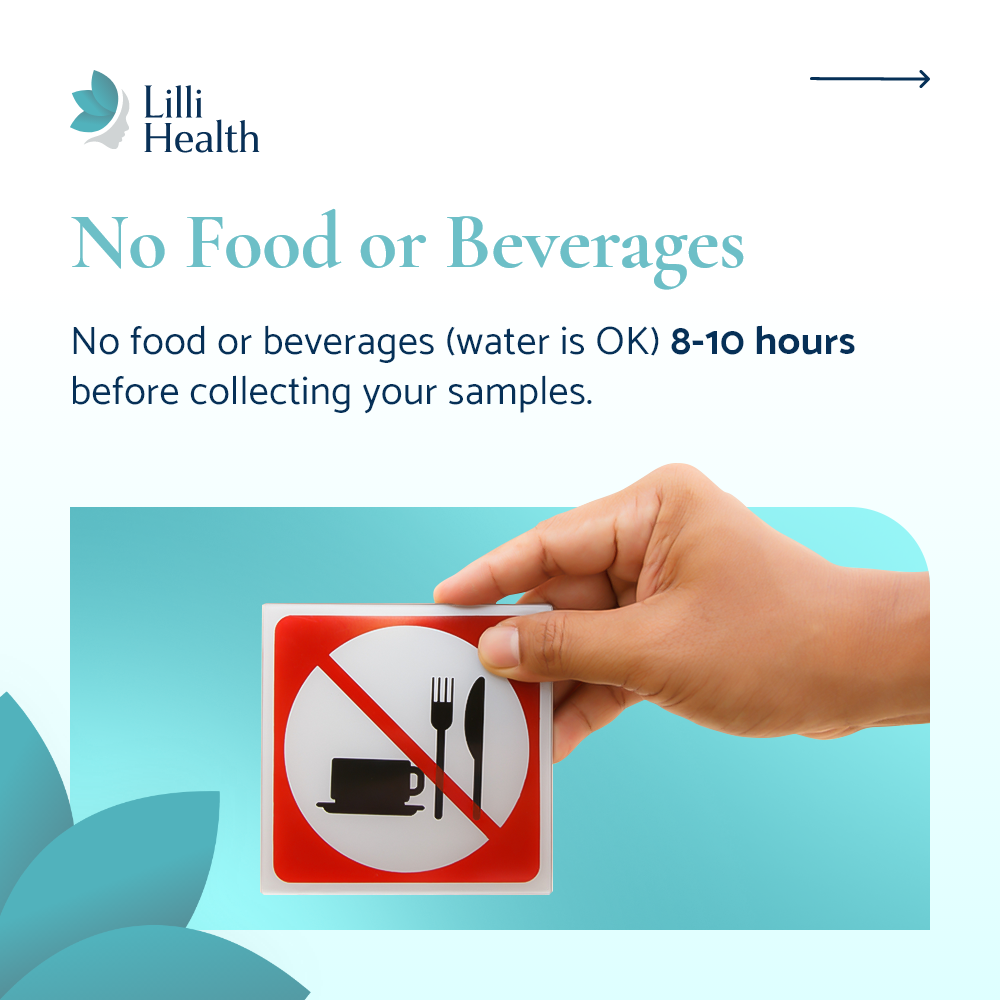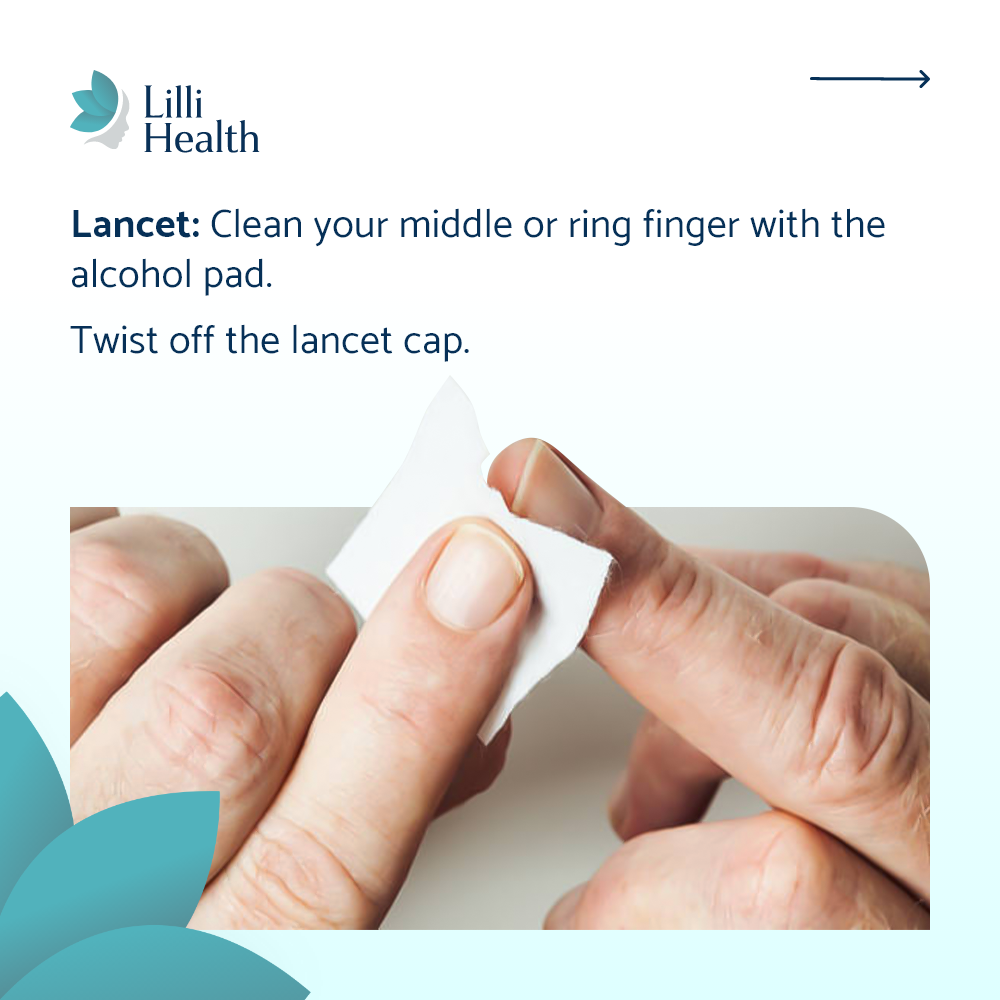

Insulin Resistance Across the Lifespan: From Baby Fat to Hot Flashes
When we think about insulin, most people connect it with diabetes or blood sugar. But insulin is far more than just a glucose regulator—it’s a powerful growth hormone. And just like your body, insulin needs shift across your life. From infancy to menopause, your insulin levels are doing a lot more than keeping your blood sugar in check. They’re guiding growth, development, and reproductive transitions.
Let’s walk through how insulin changes across the lifespan—and why understanding this helps you better support your metabolic health.
Infancy: Growing Fast and Fueled by Insulin
Babies are in a state of rapid growth. From the moment they’re born, their bodies are working hard to double, sometimes triple in size within the first year. This explosive growth is driven by insulin and its partner hormone, IGF-1 (insulin-like growth factor-1)—both of which promote cell growth, fat storage, and development.
Breast milk (and colostrum especially) is naturally high in insulin and IGF-1, and that’s by design. Newborns need to grow quickly, and insulin helps store the energy needed to build fat, muscle, and brain tissue.
Childhood: A Period of Relative Stability
After infancy, insulin levels generally stabilize. Children are still growing, but not at the same explosive rate. Their metabolism becomes more regulated—though the rise of ultra-processed foods and added sugars in modern diets has led to higher baseline insulin levels in children today than in previous generations.
This is where the seeds of insulin resistance are often planted, even if it doesn’t show up until later.
Puberty: Growth Spurts and Hormonal Shifts
During puberty, insulin and IGF-1 rise significantly again. That’s because puberty is another phase of rapid change: height increases, muscle mass develops, fat is stored, and reproductive hormones come online.
Insulin plays a central role in this transition. But here’s the twist—excessive insulin during puberty (often due to diet and lifestyle) can actually disrupt the hormonal balance. Although PCOS begins in the womb, this is when PCOS symptoms often first appear, such as irregular cycles, acne, and unwanted hair growth.
In both boys and girls, insulin resistance can show up as weight gain, fatigue, acne, or mood changes during this time. It can also set the stage for a life of metabolic challenge.
Pregnancy: Growth Hormones on Overdrive
Pregnancy is one of the most insulin-resistant states in life. Why? Because the body needs to ensure there’s enough glucose in the bloodstream for the growing baby. Hormones like progesterone and human placental lactogen (hPL) make the mother’s body resistant to insulin on purpose, so that nutrients are more readily available to the fetus.
To compensate, the pancreas pumps out more insulin than normal. If your insulin levels were already high before pregnancy, this can increase the risk of gestational diabetes or pregnancy complications. On the flip side, if your pancreas struggled to make enough insulin before pregnancy, it will also increase the risk of gestational diabetes.
Managing insulin levels before and during pregnancy is one of the best things you can do for both you and your baby. Sadly, most Ob/Gyns are not regularly testing insulin, if at all.
Menopause: Shifting Hormones and Metabolism
During menopause, estrogen and progesterone decline—and this has a direct effect on insulin sensitivity. Estrogen helps support insulin function, so as it drops, insulin resistance often increases.
This is why many women notice weight gain, especially around the middle, as they approach or go through menopause—even if their eating and exercise habits haven’t changed.
Insulin levels often rise during this time, not because the body needs to grow, but because cells are no longer responding as well. This makes menopause a critical time to focus on lowering insulin levels through lifestyle—like eating foods that keep insulin low, staying active, and managing stress.
Why It Matters
Understanding the natural fluctuations of insulin across your life helps make sense of what’s happening in your body—whether you’re a teen struggling with acne, a new mom adjusting postpartum, or someone approaching midlife and wondering why your usual routine no longer works.
Insulin isn’t “bad.” It’s essential. But when insulin levels stay high when they don’t need to be, it leads to chronic inflammation, hormonal imbalance, weight gain, and increased risk for disease.
The good news? You can lower insulin levels by choosing foods that don’t spike insulin, focusing on movement that supports insulin sensitivity, and learning to listen to your body’s needs at each stage of life.
References
Chen YY, et al. Fasting Plasma Insulin at 5 Years of Age Predicted Subsequent Weight Increase in Early Childhood over a 5-Year Period-The Da Qing Children Cohort Study. PLoS One. 2015. Read more
Bao W, Srinivasan SR, Berenson GS. Persistent elevation of plasma insulin levels is associated with increased cardiovascular risk in children and young adults. The Bogalusa Heart Study. Circulation. Read more
Biro FM, et al. Pubertal Growth, IGF-1, and Windows of Susceptibility: Puberty and Future Breast Cancer Risk. J Adolesc Health. 2021. Read more
Sonagra AD, et al. Normal pregnancy- a state of insulin resistance. J Clin Diagn Res. 2014. Read more
Lambrinoudaki I, Paschou SA, Armeni E, Goulis DG. The interplay between diabetes mellitus and menopause: clinical implications. Nat Rev Endocrinol. 2022. Read more
